Fashion Designing Phase 2: From Sketches to Manufacturing (For Clothing Brand Owners)
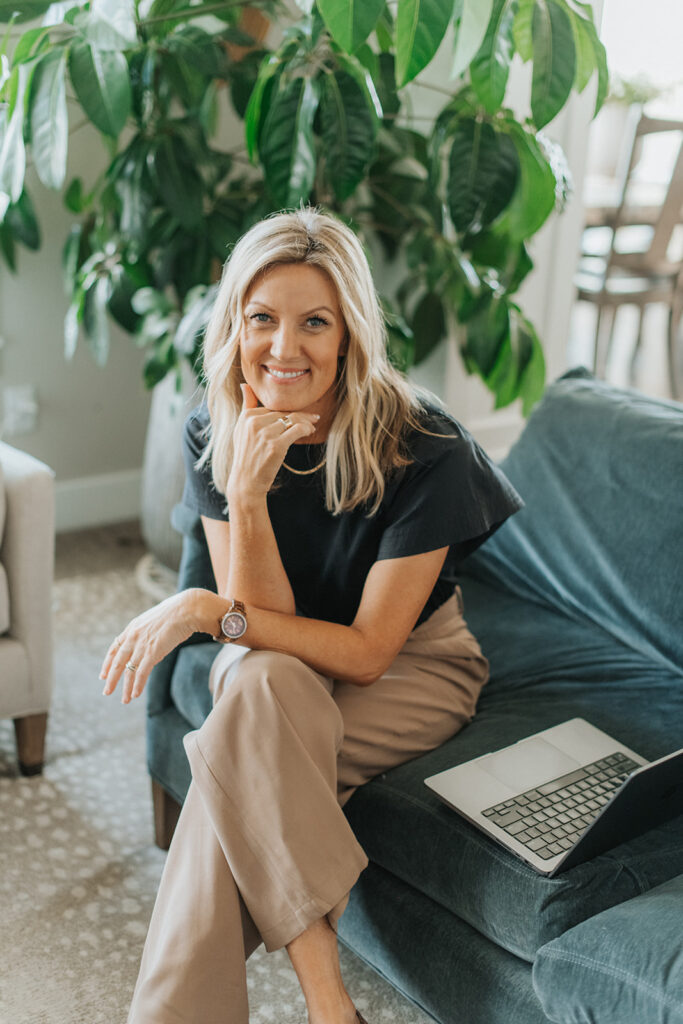
If you read Part 1 of our fashion designing breakdown, then you got the inside scoop on each and every step I take when dreaming up a new collection. All of the crucial steps in phase one – from conceptualizing your first inspirations to refining the final sketches. Now, in phase two, we’re breaking down exactly how to bring your sketches (hand-drawn or digitized) to life through the manufacturing process.
Let me start by saying – this post is designed to help those who are starting or already running a clothing brand. We’ll be covering logistics related to working with manufacturers and producing large-scale quantities of your collection.
Home sewers and micro-brand owners, don’t worry! You get your very own breakdown of fashion designing phase 2!
And stay tuned for phase three, where I explain how to market and sell your product!
Key Takeaways
- The 8 Steps of Manufacturing
- Build a Comprehensive Tech Pack
- Create Patterns or Engage a Pattern Maker
- Source Fabrics Strategically
- Utilizing a Full-Service Clothing Manufacturer
- Develop a Production Plan with Your Full-Service Partner
- Produce and Review Samples
- Approve for Full Production
- Prepare for Marketing & Sales
The 8 Steps of Manufacturing
Taking a design from the original concept to a finished, market-ready garment is a structured process. Each stage builds on the last, ensuring your product meets both creative and technical standards. Skipping steps can lead to costly delays, so understanding the full process is key.
Below are the eight core stages that take a garment from initial planning to sales readiness, designed to help you achieve consistent quality and efficient production.
1. Build a Comprehensive Tech Pack
Your tech pack is the foundation of your production process. It’s essentially your product’s “instruction manual” for the manufacturer. It should outline everything from fabric specifications to stitch type, seam finishes, trims, colorways, packaging, and labeling.
Don’t underestimate just how much a detailed tech pack could save in both time and money. A vague or incomplete document leaves too much to interpretation, and factories will fill in the gaps, sometimes in ways that don’t match your vision. A strong tech pack eliminates ambiguity and allows production teams to work with confidence.
→ Be sure to check out these two deep-dives on tech pack basics & exactly what you need to include in your tech pack (absolute must-reads for beginners!)
2. Create Patterns or Engage a Pattern Maker
Patterns translate your ideas into precise shapes and measurements that production teams can use to cut and assemble garments. They must be accurate down to the millimeter, and they need to include grading for each size you plan to sell.
Over the years, I’ve learned that pattern making is both a science and an art. Even the smallest adjustment, a half-inch here, a change in curve there, can completely alter the fit and feel of a garment.
If you don’t have in-house expertise, a professional pattern maker can not only perfect your fit but also optimize your layout to minimize fabric waste, which saves money and supports sustainable production practices.
3. Source Fabrics Strategically
Fabric is more than a design choice; it determines drape, comfort, durability, and how customers perceive your product. When scaling up, you must ensure your supplier can meet large minimum orders without compromising on quality.
I always advise testing swatches extensively before committing. Wash them, wear them, pull them. See how they perform over time. Early in my career, I fell in love with a fabric that looked perfect but shrunk a full size after one wash. That mistake taught me the importance of durability testing before placing a bulk order. You should also talk to your fabric manufacturer about the percentage of shrinkage so you can build that into your pattern.
If your brand prioritizes sustainability, fabric sourcing is also where your values come to life. Eco-friendly textiles, when chosen carefully, can align with both performance needs and your ethical commitments.
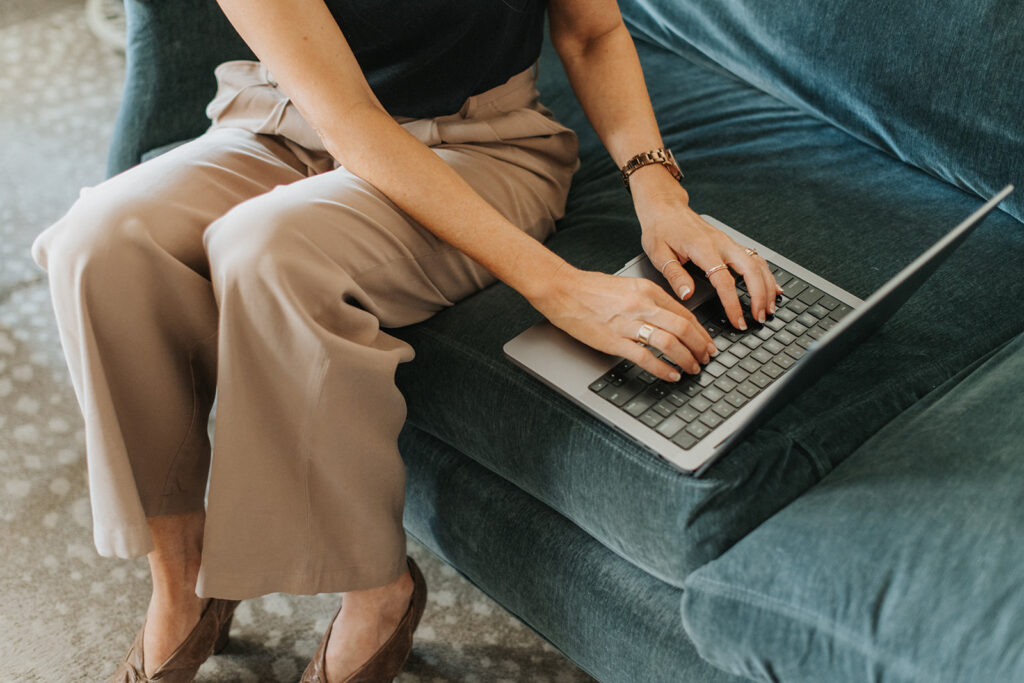
4. Utilizing a Full-Service Clothing Manufacturer
For brands ready to scale quickly and streamline operations, full-service manufacturing offers an end-to-end solution (unlike contract manufacturing) where you are in charge of mostly everything. In this model, your manufacturing partner manages every stage of production. Pattern making, fabric sourcing, sampling, and final garment assembly are all taken care of. This approach removes the need to coordinate multiple vendors, making the process more efficient and reducing the risk of miscommunication.
Full-service manufacturing is particularly valuable for designers who want to focus on brand development, marketing, and sales while relying on experienced production professionals to handle the technical execution. It also ensures that all components – from fit to fabric to finish – are managed under one roof, which can lead to greater consistency in quality and faster turnaround times.
While it’s important to remain involved in approvals and quality checks, full-service manufacturing allows you to dedicate more time to growing your business rather than managing the day-to-day logistics of production.
5. Develop a Production Plan with Your Full-Service Partner
Once you’ve selected a full-service manufacturer, the next step is to create a detailed production plan together. This document becomes the roadmap for your collection, outlining timelines, order quantities, material approvals, sample schedules, and key quality control checkpoints.
The advantage of working with a full-service partner is that they do all of the sourcing for you, and they already have the infrastructure and expertise to anticipate potential bottlenecks and align the schedule with realistic production capabilities. They can guide you on lead times for sourcing fabrics, sequencing the stages of production, and planning for seasonal deadlines. It reduces a lot of work for the designer.
6. Produce and Review Samples
Samples allow you to evaluate the product in real life before committing to large quantities.
Expect to go through several sample rounds. Even experienced designers often find minor adjustments, such as altering a hem length or changing a zipper placement, that improve the final garment. Personally, I view sampling as one of the most valuable investments in the entire process. It’s where your design stops being a concept and becomes a tangible, wearable product.
Keep in mind, sampling is typically 3x the cost of the manufactured goods and gets expensive fast. Having a good pattern maker can significantly reduce the cost of the number of samples needing to be made.
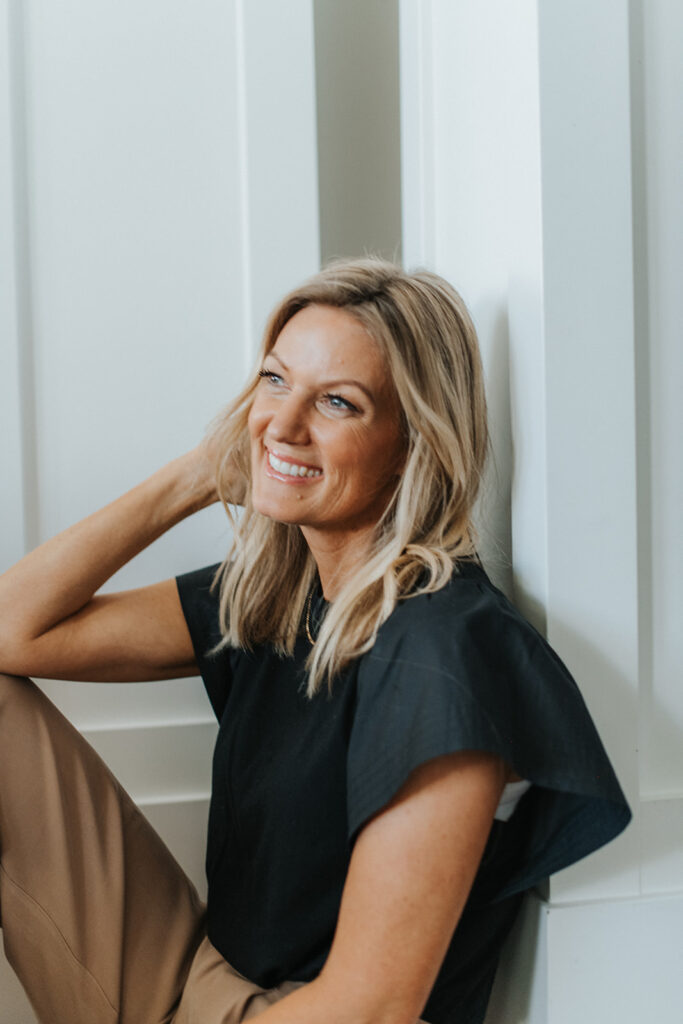
7. Approve for Full Production
Once you’ve signed off on the final sample, your manufacturer can begin full production. At this stage, trust in your preparation is key; if you’ve built a thorough tech pack, sourced reliable materials, and approved accurate samples, production should run smoothly.
Still, I recommend scheduling quality control checks at key points in the run. It’s much easier to correct an issue at 50 units than at 5,000.
8. Prepare for Marketing & Sales
One of the most common mistakes I see is waiting until production is complete to start planning sales and marketing. By that point, valuable time has been lost. Even if you’re new to fashion designing and have little to no following, you need to start building your online presence to prepare for your first launch – that is, if you plan to sell online.
→ Check out this post about alternate sales channels to consider for clothing brand owners.
Before the first shipment of your new collection arrives, I recommend having your product photography complete, your website ready, and your marketing channels, like your social media and email list, up and running.
Scaling up production is a significant milestone that requires precision, planning, and patience. When done right, it transforms a brand from a small creative operation into a professional label with consistent quality and market presence.
Over the years, I’ve seen brands grow exponentially because they treated their first large-scale production run like the serious business decision it is. With the right preparation, yours can be next.
What’s Next in your Fashion Designing Journey?
Your garments are only as good as the materials they’re made from, and finding the right fabrics can make or break your collection. At Persnickety Fabrics, you’ll find a curated selection of high-quality textiles, from everyday essentials to unique statement fabrics, ready to support you in your fashion designing journey.
It doesn’t matter if you run a small home business or are preparing for full-scale manufacturing, start with fabrics that inspire confidence in every stitch!
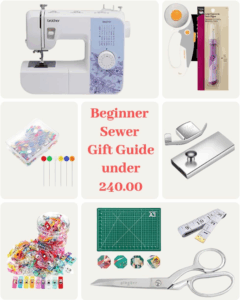
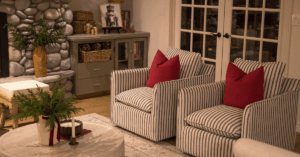
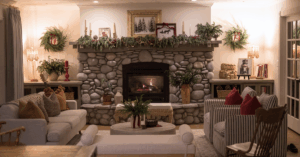
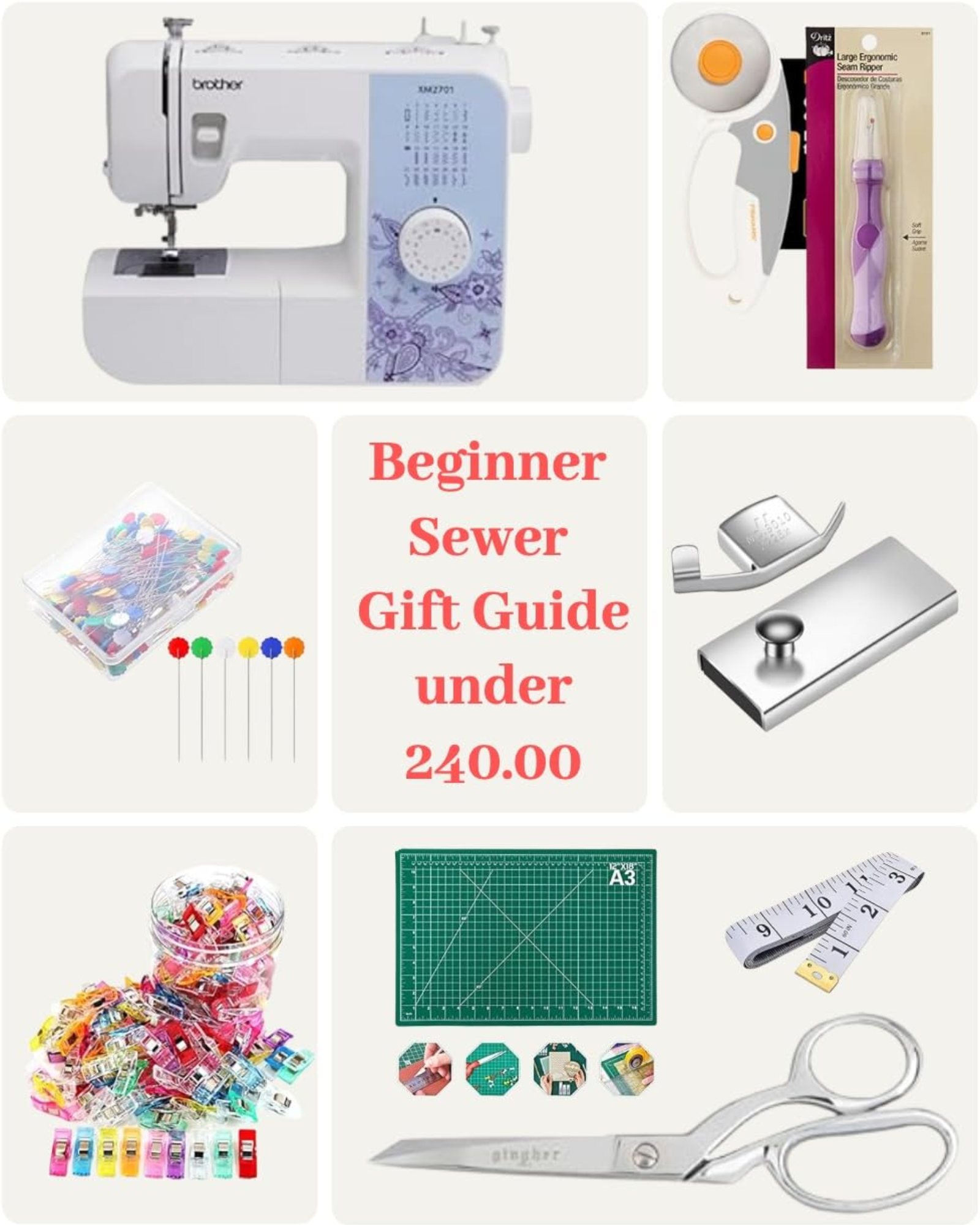



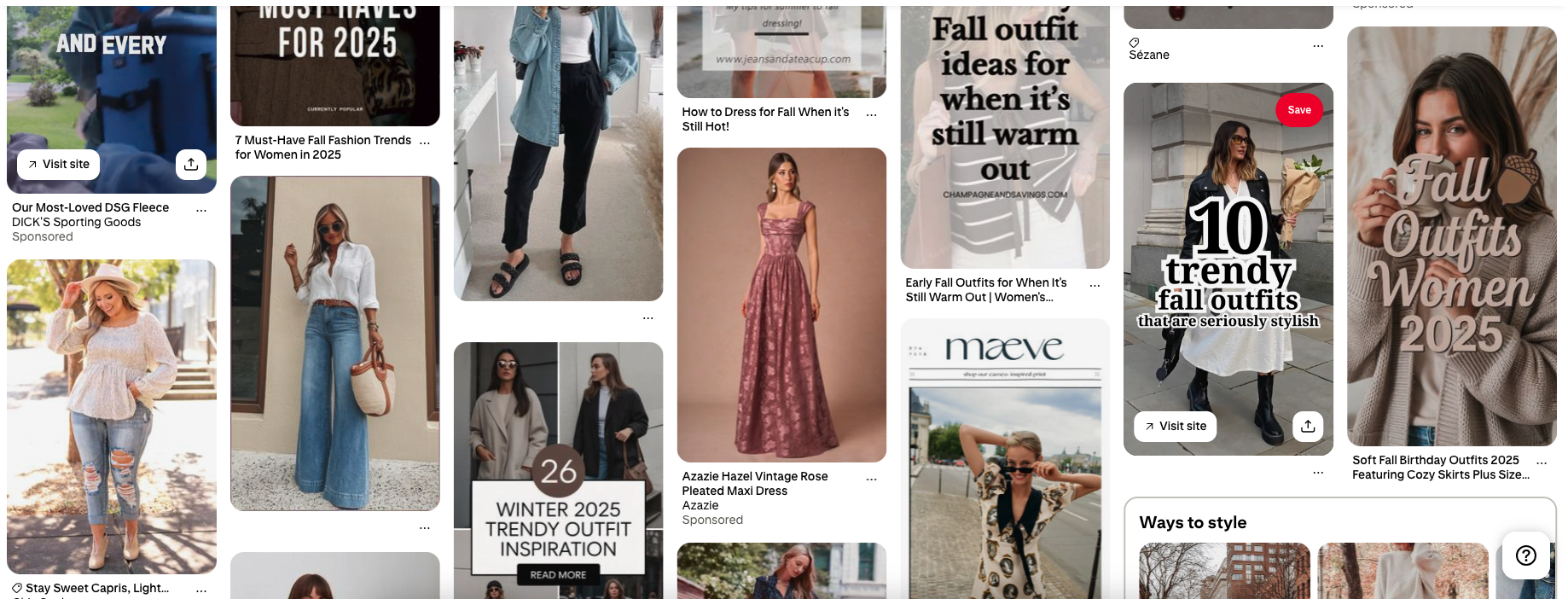
Read the Comments +